Health Care > QUESTIONS & ANSWERS > MENTAL HESI 4 (50 Questions) (Latest Update) (A Graded) Latest Questions and Complete Solutions (All)
MENTAL HESI 4 (50 Questions) (Latest Update) (A Graded) Latest Questions and Complete Solutions
Document Content and Description Below
MENTAL HESI 4 (50 Questions) (Latest Update) (A Graded) Latest Questions and Complete Solutions 1. During a one-to-one interaction, a male client describes the sadness he experienced when his mother ... died. Suddenly, the nurse begins to think about her grandmother's death. As a result, the nurse asked the client to describe his thoughts when he learned of his own mother's illness. What is the nurse doing? A. Reflection. B. Clarification. C. Self-Awareness. Correct D. Focusing. Self-awareness (C) defines the nurse's awareness of his or her own feelings while empathizing with the client. (A) involves restating what the client is saying. (B) involves asking the client to explain feelings more specifically. (D) directs the client to focus on emotional or behavioral responses to feelings. 2. The community health nurse facilitates a substance abuse prevention group for a homeless population. Which statement demonstrates that a client has a realistic understanding of the recovery process? A. I do OK as long as I can get methadone from the clinic regularly. B. By learning what led to my latest relapse, I know what to do in the future. Correct C. A 12-step program is the only treatment approach that is proven effective. D. I know now that I wasn't ready to make a change until I hit rock bottom. Recovery is a lifelong process in which clients must constantly learn and apply new behaviors to replace ineffective ones. Every attempt toward recovery improves long-term chances of success, so those who learn from their relapses demonstrate an understanding of the process (B). Methadone treatment is not indicated for all substance abusers, only those addicted to opiates, and enrollment in this type of program does not necessarily mean that the client is committed to recovery (A). While 12-step programs are known to work, there are many other effective treatment approaches (C). Client readiness is highly individualized, and can stem from a variety of experiences and situations, so hitting rock bottom is not necessary before clients can attempt recovery (D). 3. A female client with bipolar disorder, manic phase, is planning weekend activities with the other clients on the unit. The client interrupts the group, insists that they change their plans to a disco party, and begins to curse loudly when the group refuses to change the plans. Which intervention should the nurse implement? A. Tell the client to quiet down. B. Escort the client to a quieter place. Correct C. Ask the group to reconsider the suggestion. D. Ignore the client's manic outbursts. A client in the manic phase has an inflated ego, feelings of grandiosity, and is unlikely to respond to limit-setting. To curtail further escalation and disruption, the client should be escorted to a less stimulating environment (B). (A) is ineffective because a client in the manic phase is often unable to control their behavior. The group decision should be supported, not (C). Ignoring the client's outbursts (D) frequently leads to escalation of the behaviors and increases the client's risk of self-injury or injury of others. 4. Which action should the nurse implement during the termination phase of the nurse- client relationship? A. Identify new problem areas. B. Confront changes not completed. C. Explore the client's past in depth. D. Help summarize accomplishments. Correct By noting the client's accomplishments (D), the client's progress and self-confidence can be summarized. The working phase focuses on identifying new problem areas (A) and confronting necessary changes (B). The orientation phase includes an in-depth assessment of the client, including past history (C). 5. Which statement made by an adolescent in group therapy should the nurse identify as a priority in planning care? A. If I fail another class, I'm going to kill myself. B. I have a necktie in my room that I can use to hang myself. Correct C. When I leave home to live on my own, I'm buying myself a gun. D. I took two bottles of Mom's pills and had to have my stomach pumped. Assessment of suicidal ideations should include the degree of lethality of the method, the individual's access to whatever is needed to carry out the attempt, and the specifics of the plan. The more detailed the plan, the greater the risk for a successful attempt. A necktie in the adolescent's room (B) implies a lethal plan with an accessible, available means to act and implement a suicidal ideation. (A and C) are expressions of future suicidal plans with stipulations, which allows time for intervention. (D) is an historical account of a suicidal attempt. [Show More]
Last updated: 1 year ago
Preview 1 out of 34 pages
 (Latest Update) (A Graded) Latest Questions and Complete Solutions.png)
Buy this document to get the full access instantly
Instant Download Access after purchase
Add to cartInstant download
We Accept:

Also available in bundle (1)
 (Latest Update) (A Graded) Latest Questions and Complete Solutions.png)
MENTAL HESI 1, 2, 3, 4, 5, 6, and 7 (Latest Update) (A Graded) Latest Questions and Complete Solutions
MENTAL HESI 1, 2, 3, 4, 5, 6, and 7 (Latest Update) (A Graded) Latest Questions and Complete Solutions
By ApicalGrades 3 years ago
$75
7
Reviews( 0 )
$23.00
Document information
Connected school, study & course
About the document
Uploaded On
Jun 03, 2021
Number of pages
34
Written in
Additional information
This document has been written for:
Uploaded
Jun 03, 2021
Downloads
0
Views
71

 AANP-FNP LIGHTNING ROUND REVIEW-2.png)
 MACROECONOMICS QUESTIONS AND ANSWERS.png)

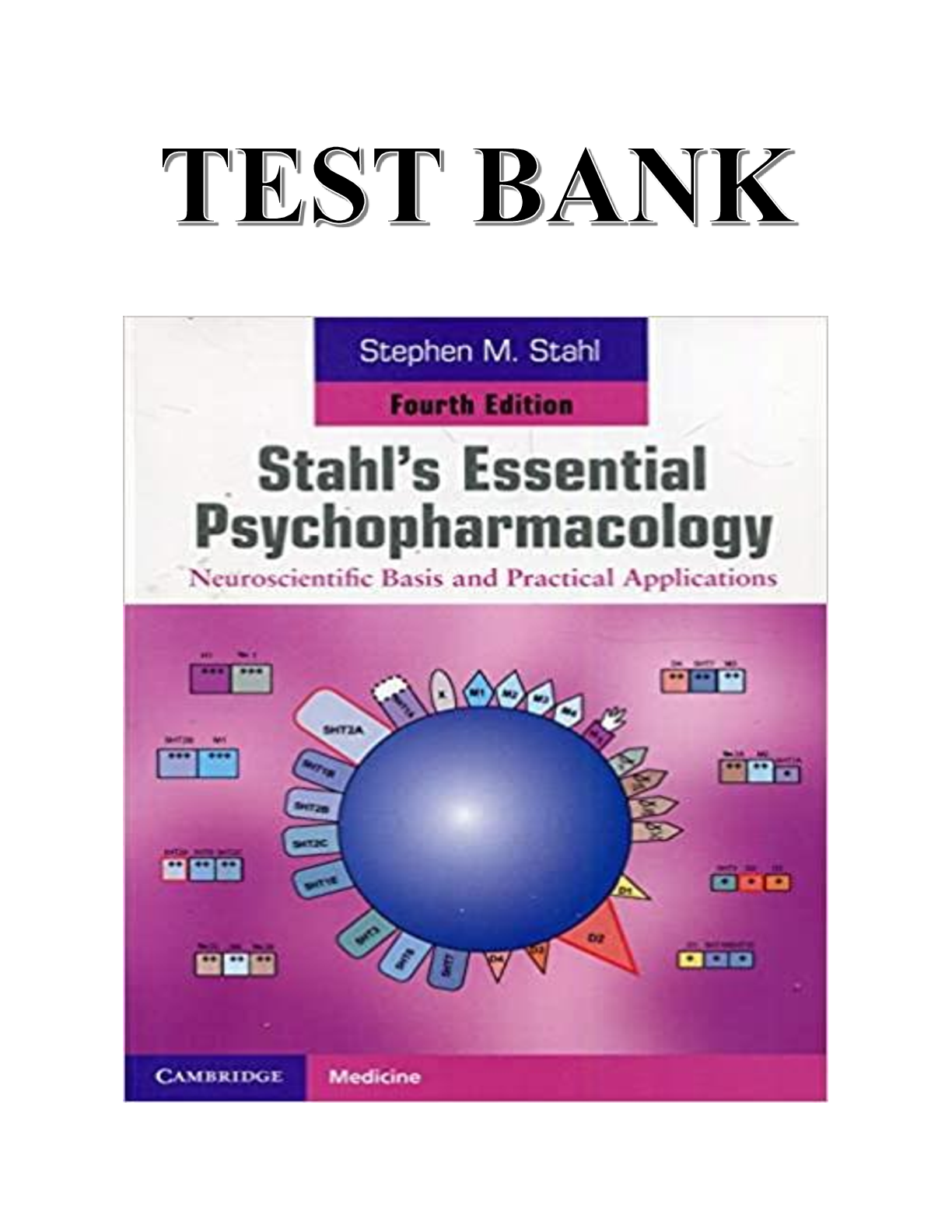
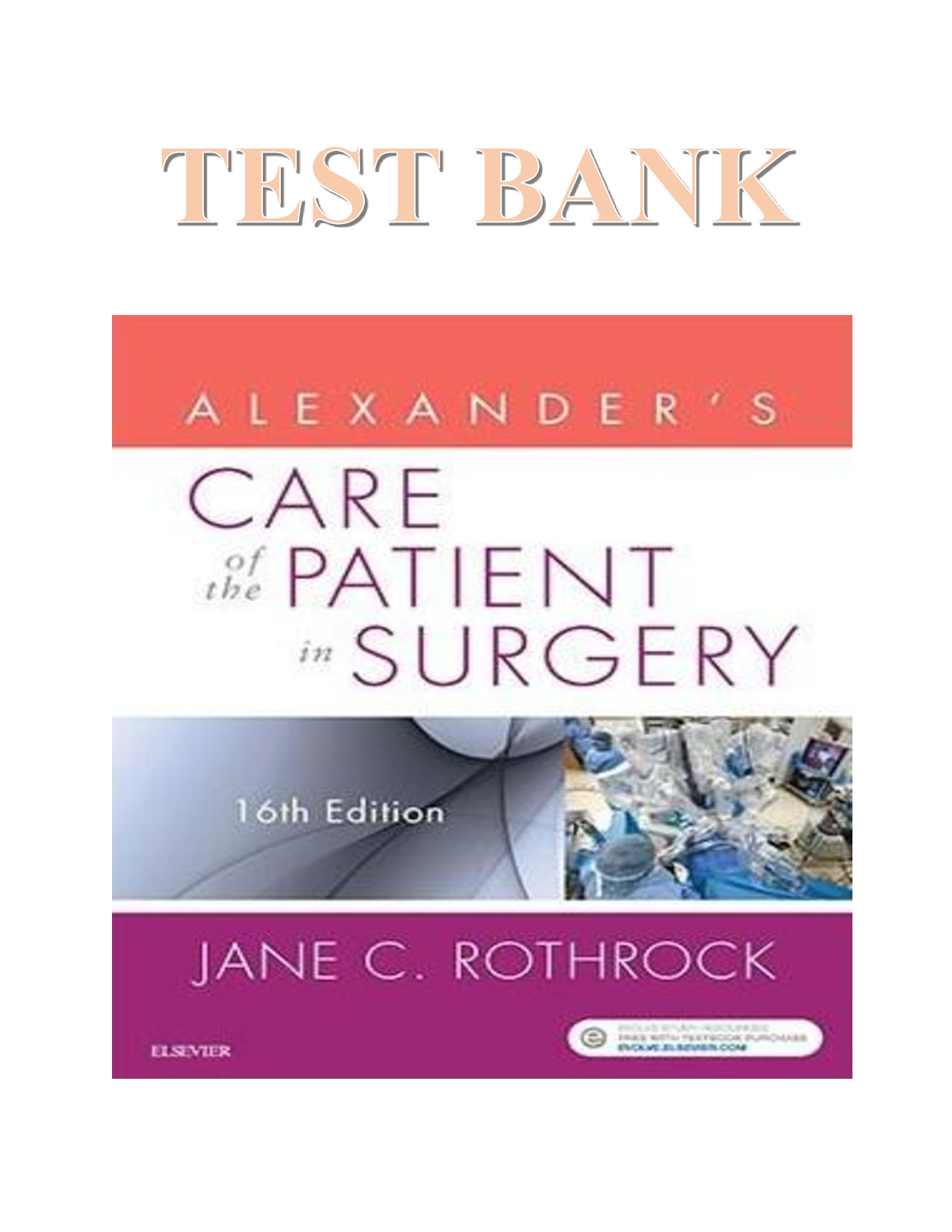
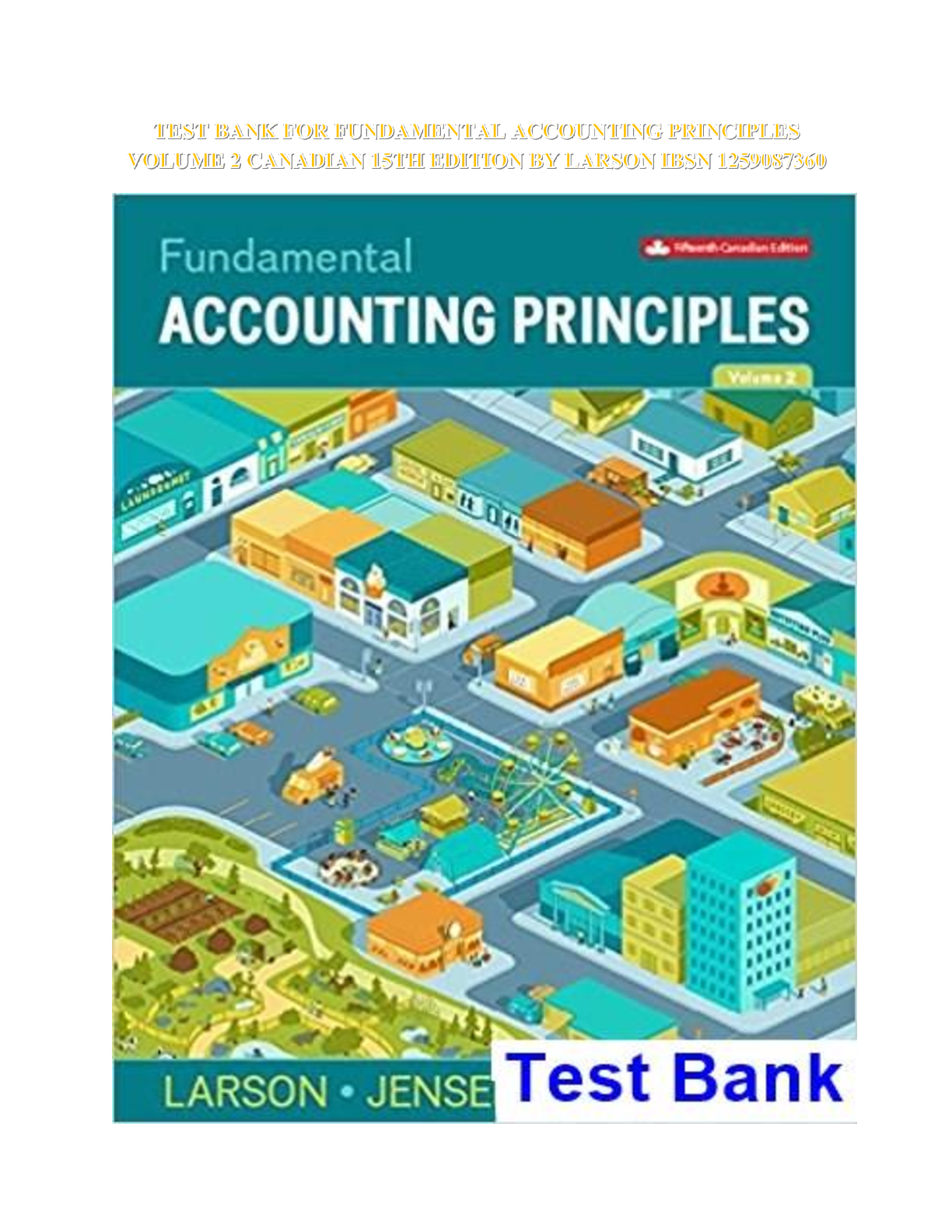
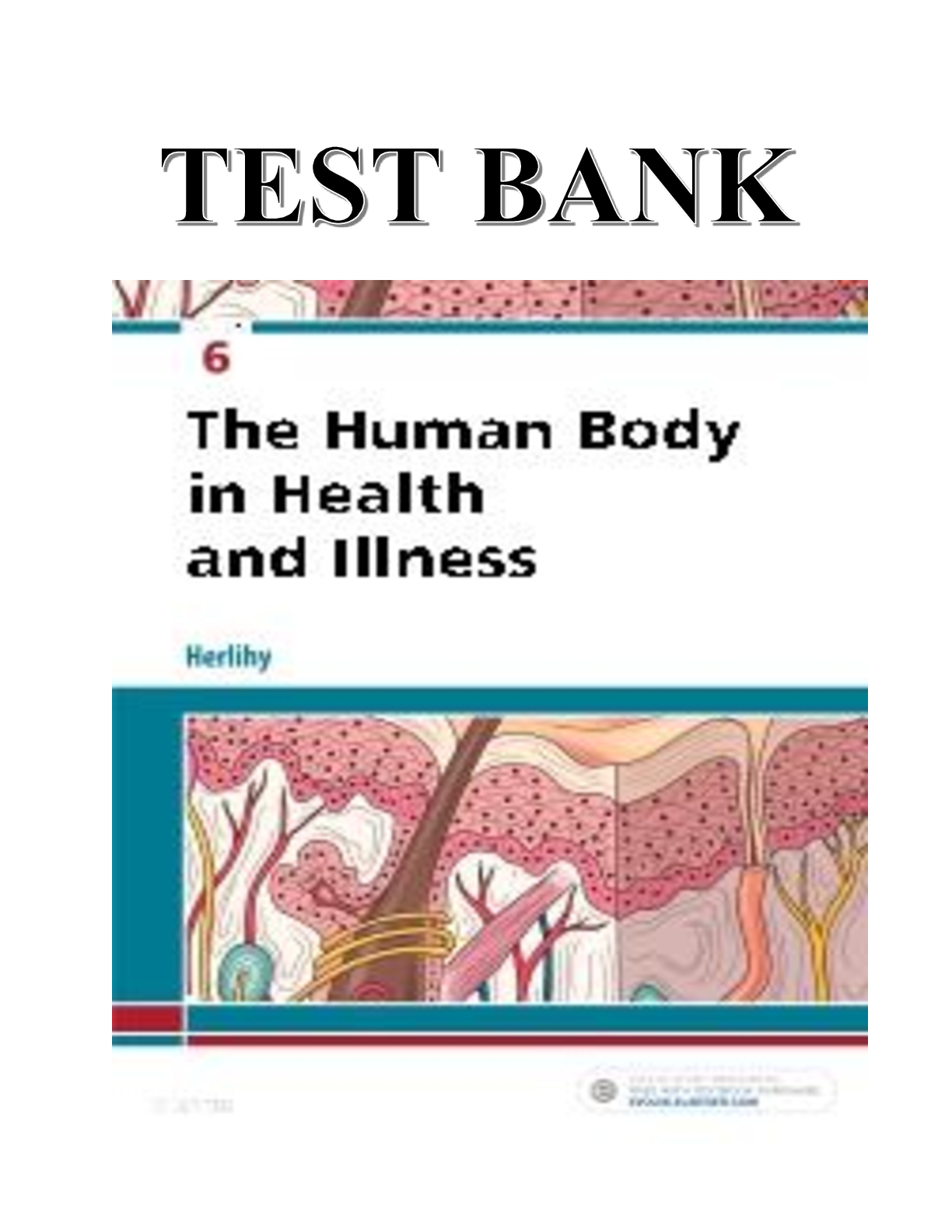
 W2 SH [TRANSCRIPT] – ASTHMA - RESPIRATORY COMPLETED SHADOW HEALTH.png)
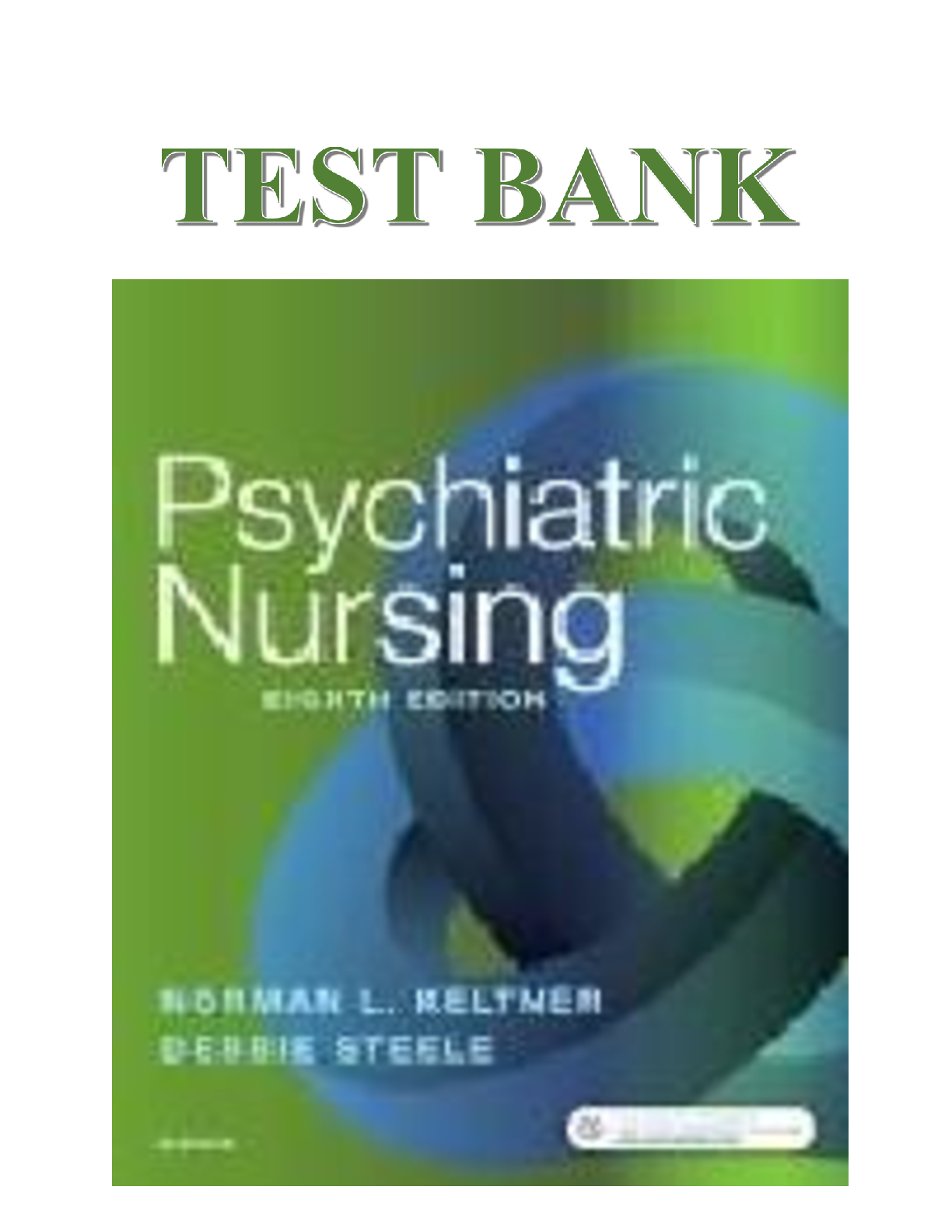

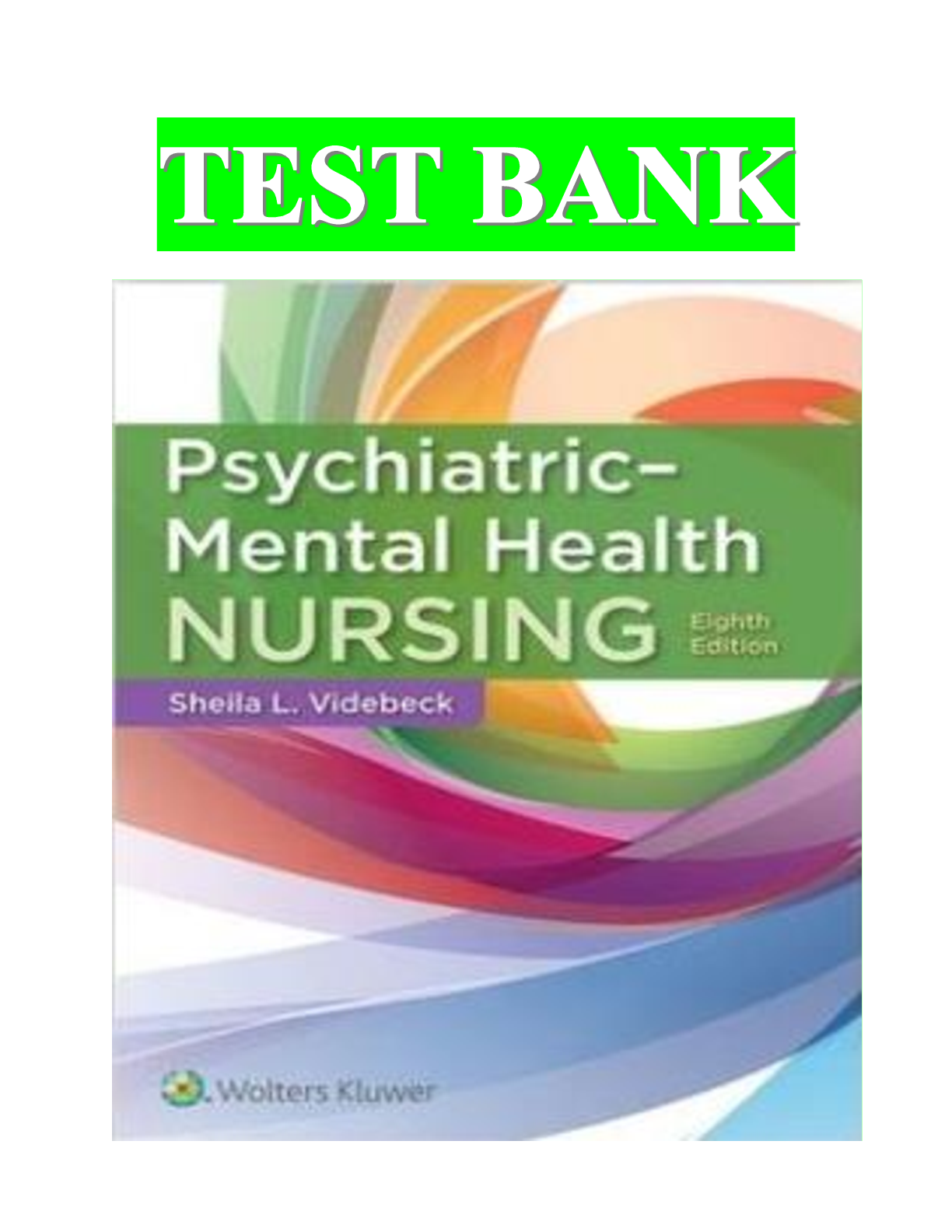
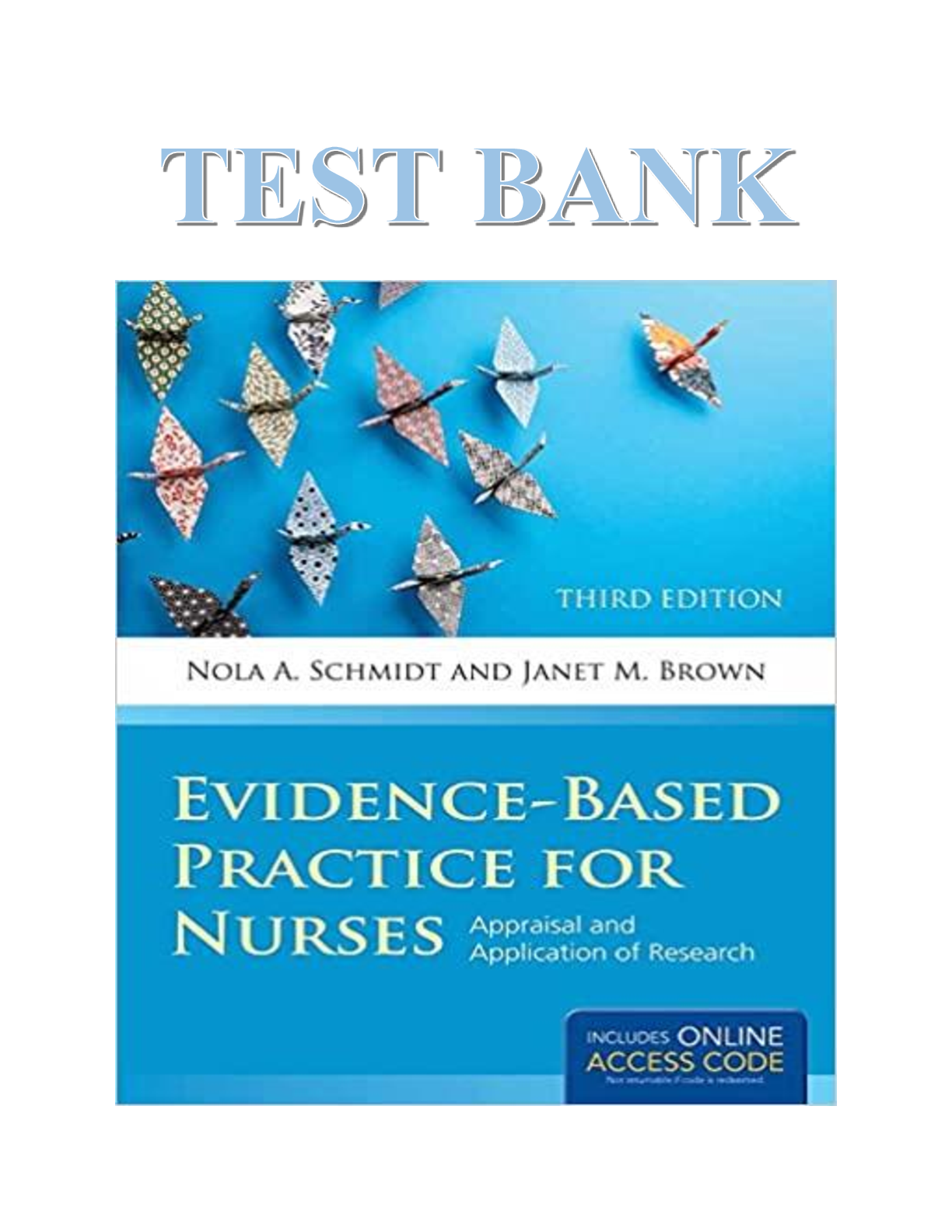



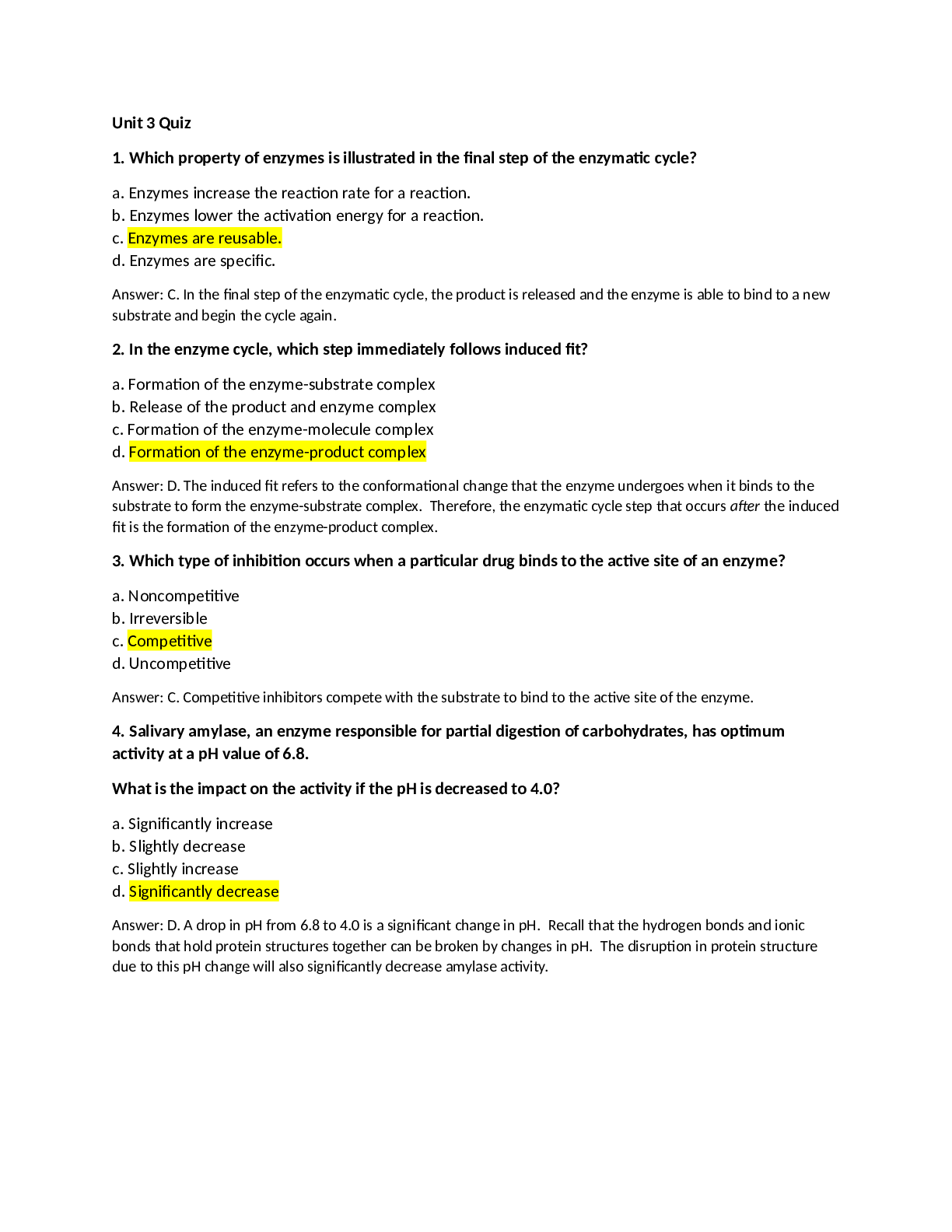
 Latest Questions and Complete Solutions.png)
 Latest Questions and Complete Solutions.png)
 Chamberlain College of Nursing NR 341 (A Graded) Latest Questions and Complete Solutions.png)
 Latest Questions and Complete Solutions.png)
 Latest Questions and Complete Solutions.png)
 Latest Questions and Complete Solutions.png)
 Latest Questions and Complete Solutions.png)


